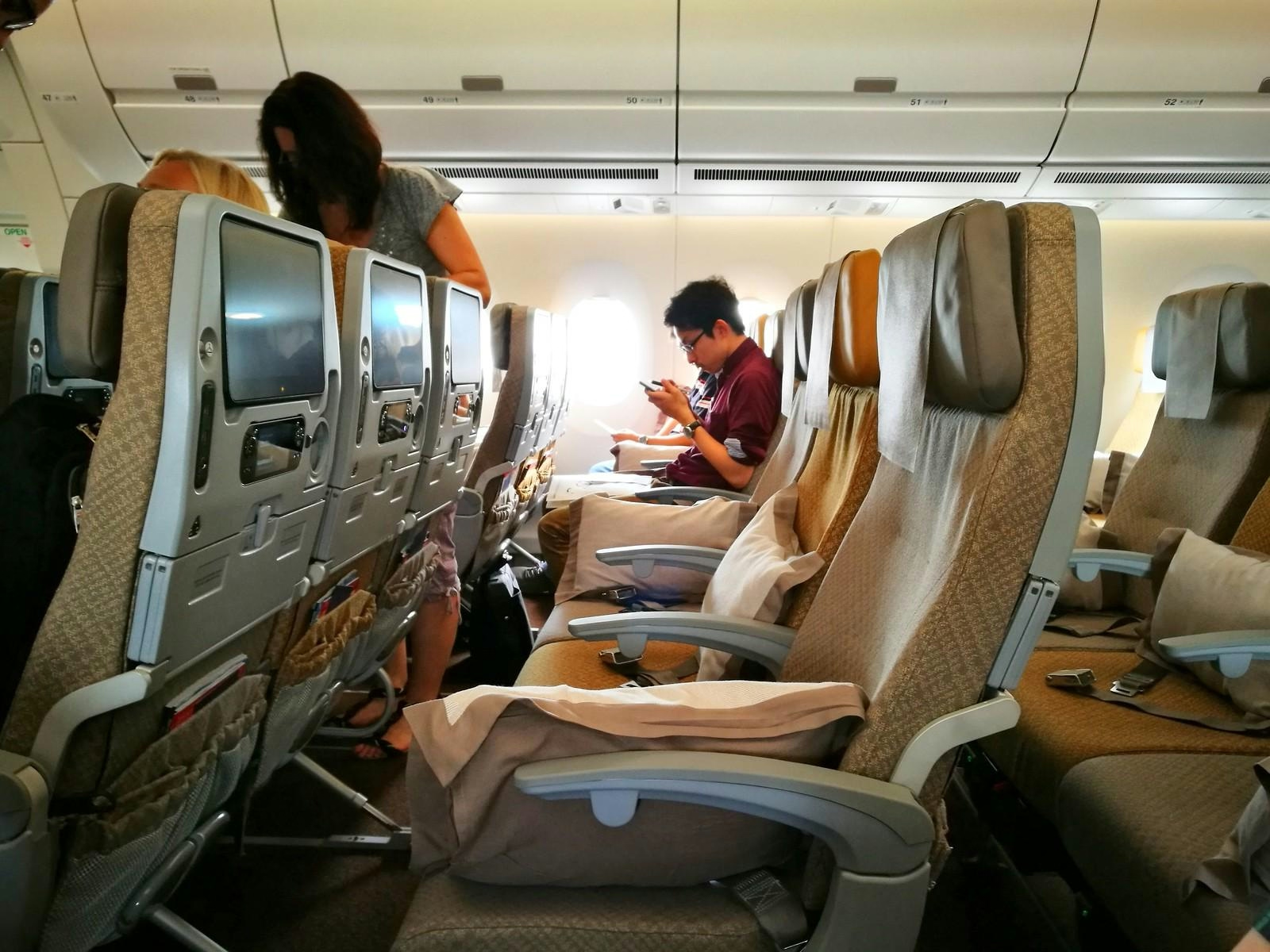
AeroGenie – Ihr intelligenter Copilot.
Trends
Categories
Rex passenger describes 'terrifying' mid-air engine failure days after fire
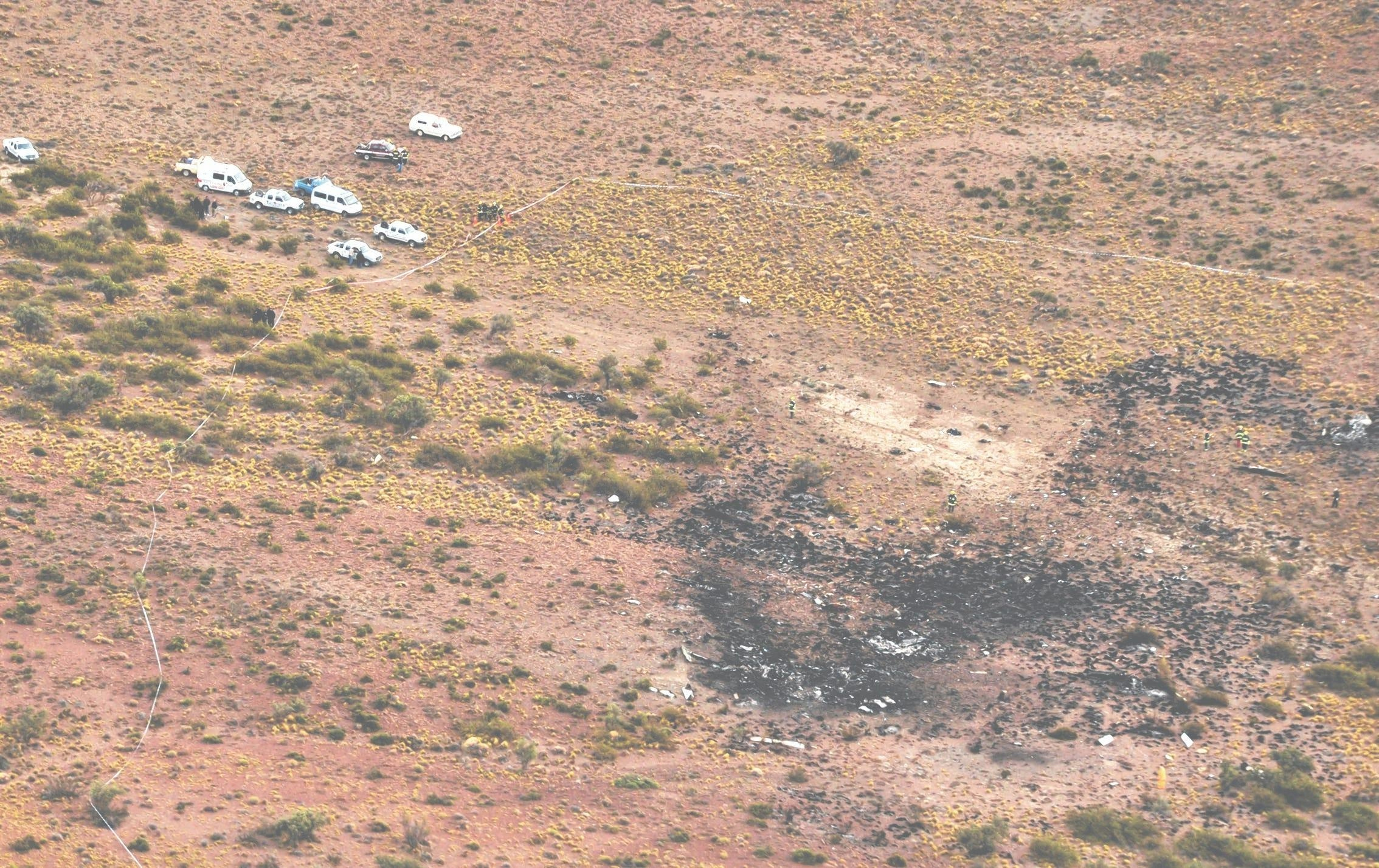
Rex Passenger Recounts 'Terrifying' Mid-Air Engine Failure Following Recent Incident
A Broken Hill City councillor has recounted a harrowing experience aboard a Regional Express (Rex) flight that suffered an engine failure mid-air, occurring just days after another safety incident involving the airline. Darriea Turley was returning from Sydney on Saturday morning when passengers aboard the flight heard an unusual noise before the right engine ceased functioning.
Describing the moment, Turley said, "When I looked out the window, my heart skipped a beat. We heard a strange sound and a bit of a flutter, and then the engine seemed to stop. For those on the right-hand side, we could see the blades just going slowly around." She added that it took more than 25 minutes before the pilots informed passengers about the situation, heightening the anxiety on board. "It was very scary for everyone on board. We had to fly lower and it felt like we were limping across for what seemed like forever with only one engine. If you are a nervous flyer, this would have been your worst nightmare."
Despite the engine failure, the flight continued to its destination in Broken Hill, a decision Turley found surprising. "If you came to me at seat 11A, I would say 'get the plane down now,' but I'm not a pilot," she remarked. The pilots later reassured passengers that they had trained extensively for such scenarios in simulators and were confident in their ability to land safely.
The aircraft ultimately landed without further incident at Broken Hill Airport. Rex Airlines issued a statement confirming that flight ZL6854 from Sydney to Broken Hill experienced a cockpit warning related to the right engine. "The crew followed standard company operating procedures and carried out a precautionary engine shutdown. The aircraft landed normally in Broken Hill at 9:56am," the airline said.
Ongoing Investigations and Industry Implications
The Australian Transport Safety Bureau (ATSB) has begun gathering information to determine whether a formal investigation is necessary. A spokesperson confirmed that an in-flight engine shutdown involving a Rex Saab 340 on the Sydney to Broken Hill route had been reported. Meanwhile, Broken Hill Council, which manages the local airport, confirmed that the aircraft radioed ahead to report the engine failure, prompting emergency services to be placed on standby.
This incident arrives amid a challenging period for Rex Airlines, which is currently under increased regulatory scrutiny and facing growing passenger safety concerns. Industry analysts suggest that such events may undermine passenger confidence and provide competitors with opportunities to highlight their own safety records. Regulatory authorities could also respond by reviewing and potentially tightening safety protocols, with broader implications for the aviation sector.
As investigations proceed, passengers and industry stakeholders await further information regarding the cause of the engine failure and any subsequent adjustments to safety procedures.
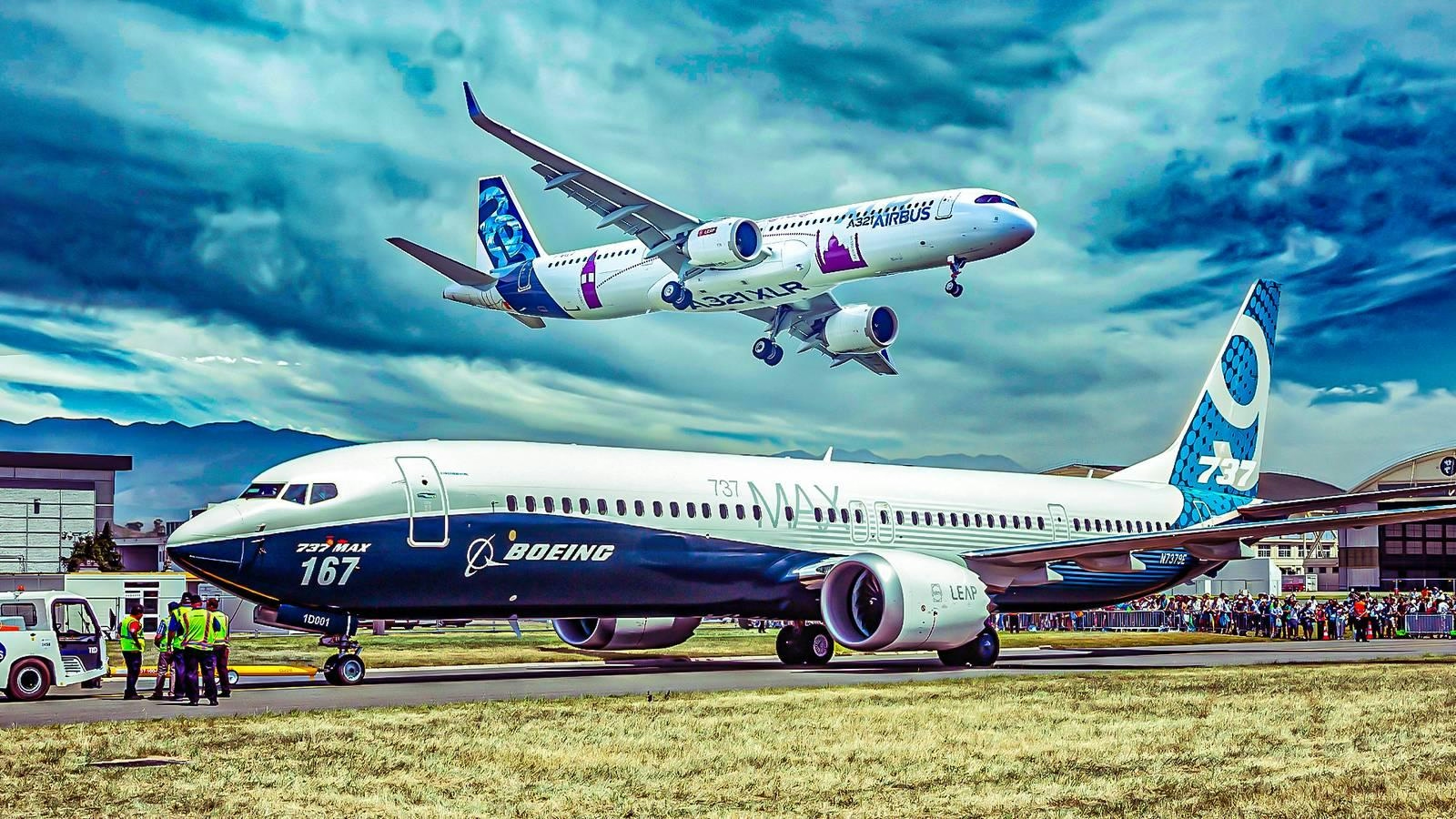
Range Comparison Between Airbus A321XLR and Boeing 737 MAX
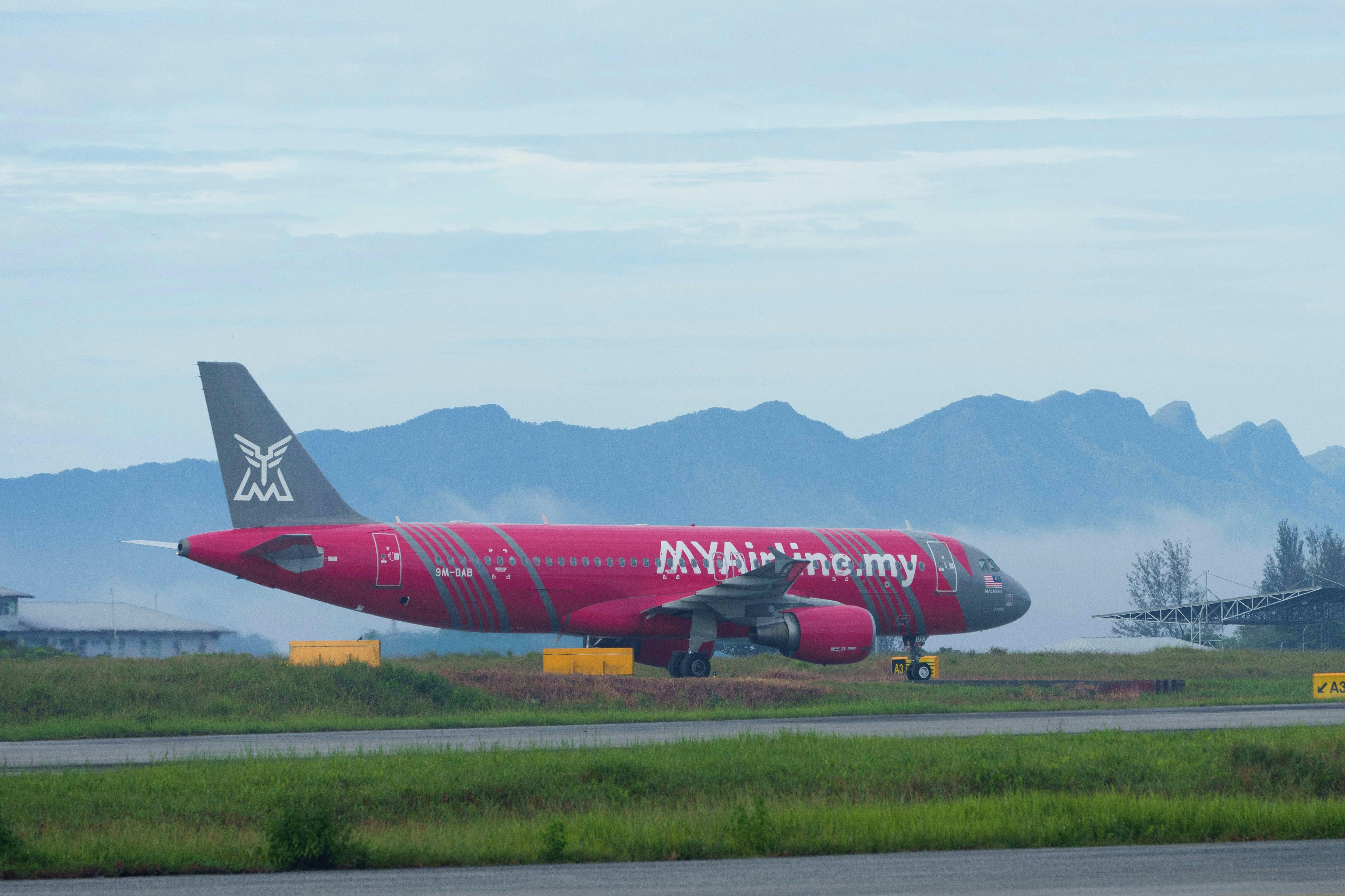
Malaysia Aviation Group Expands Fleet with New Deliveries and Pending Order
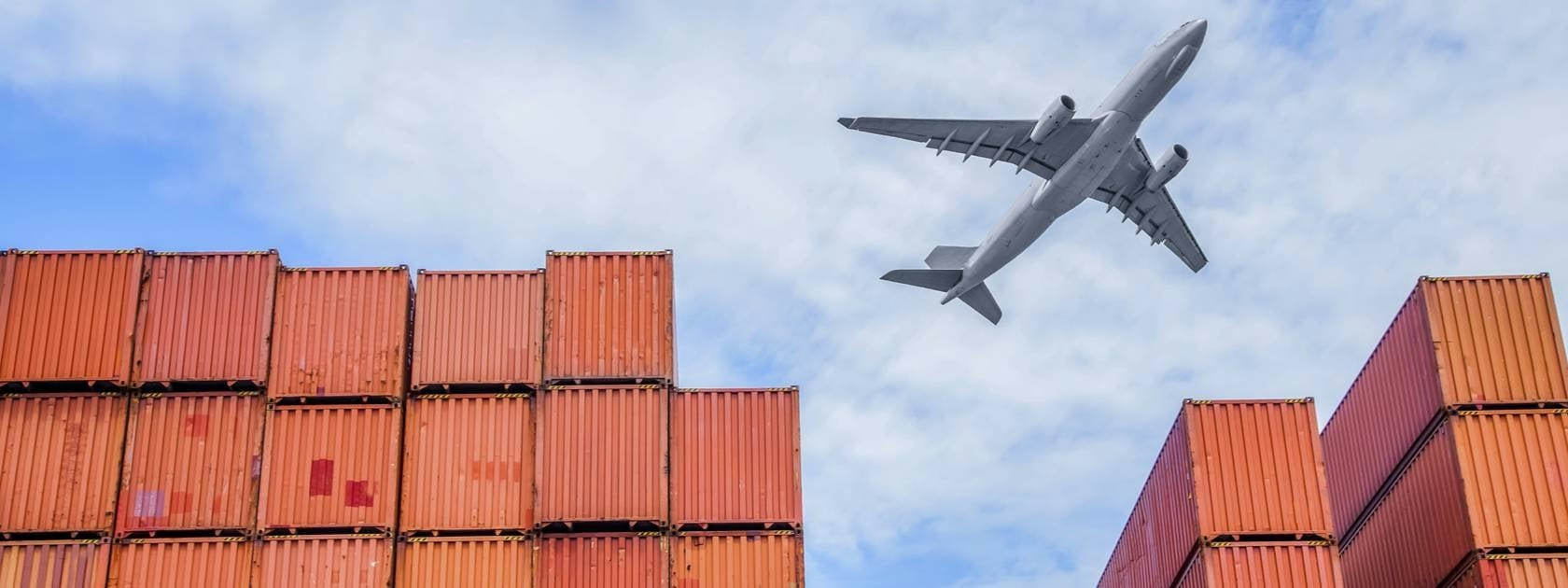
More Than 75% of Planes Operating in Nigeria Are Wet-Leased
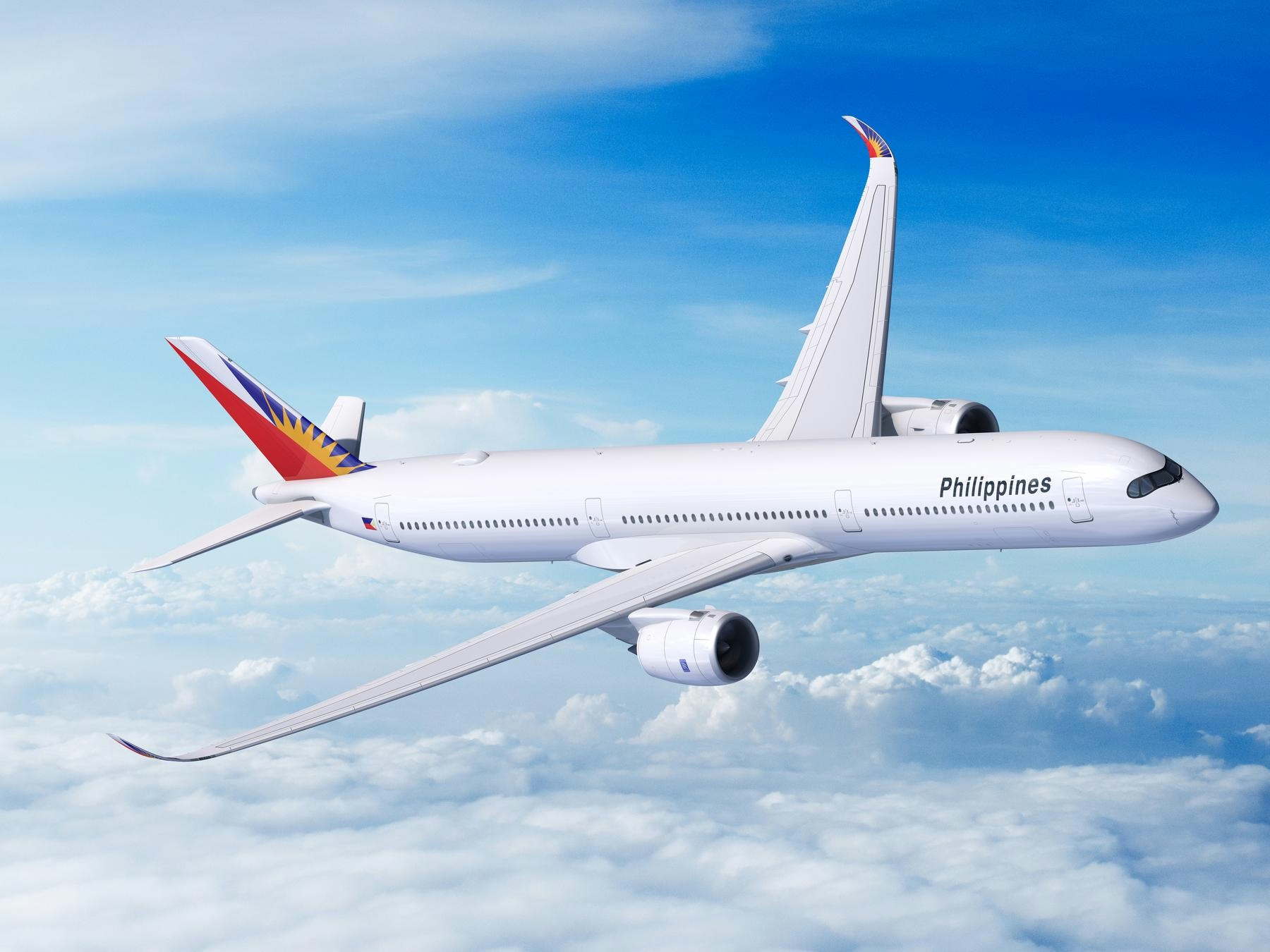
BOC Aviation to Lease Two Airbus A350-1000s to Philippine Airlines

How Many Boeing 777X Prototypes Were Built?
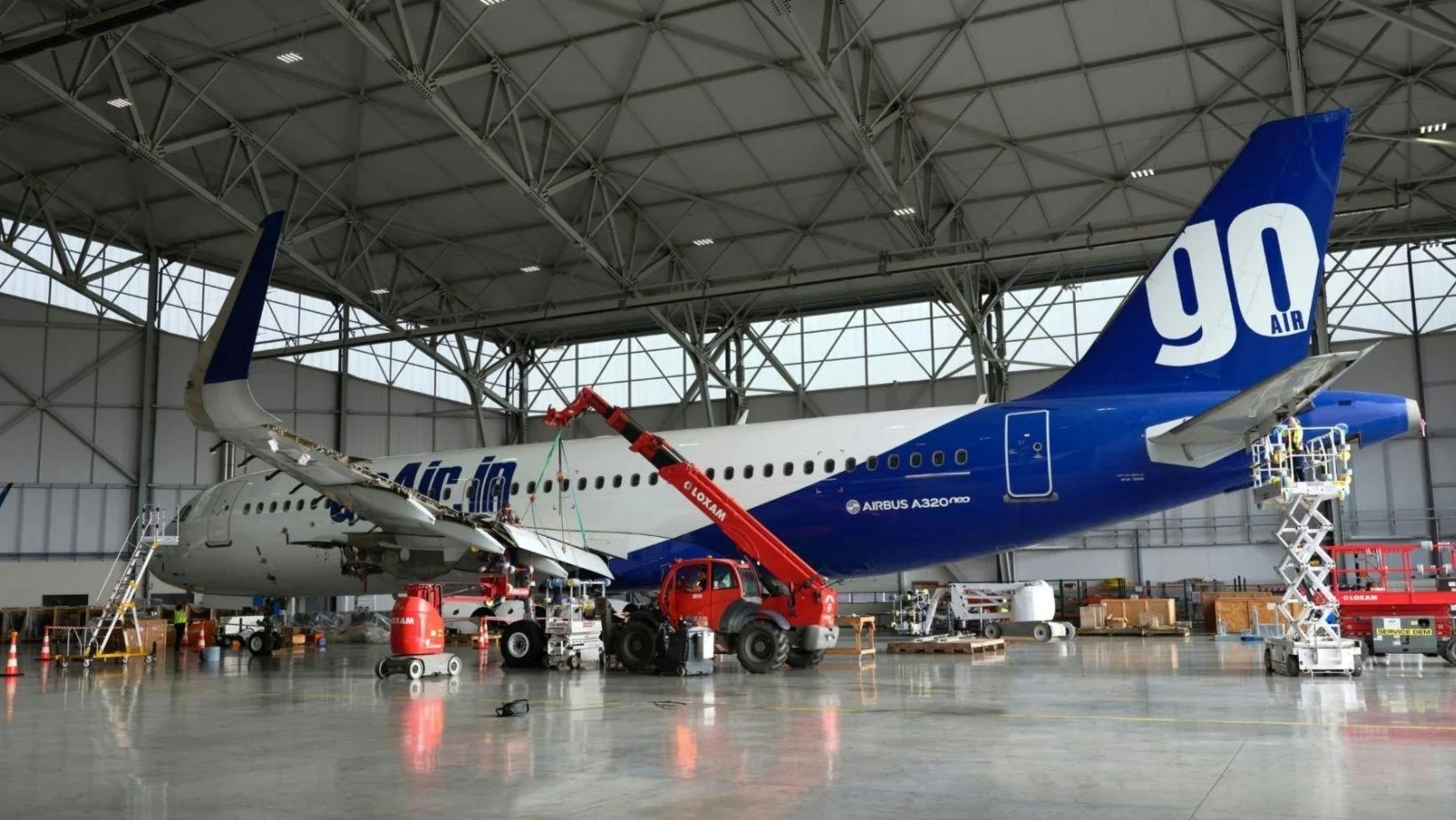
AerFin Announces Availability of A320neo Inventory

Petrobras Delivers First Sustainable Aviation Fuel Produced in Brazil
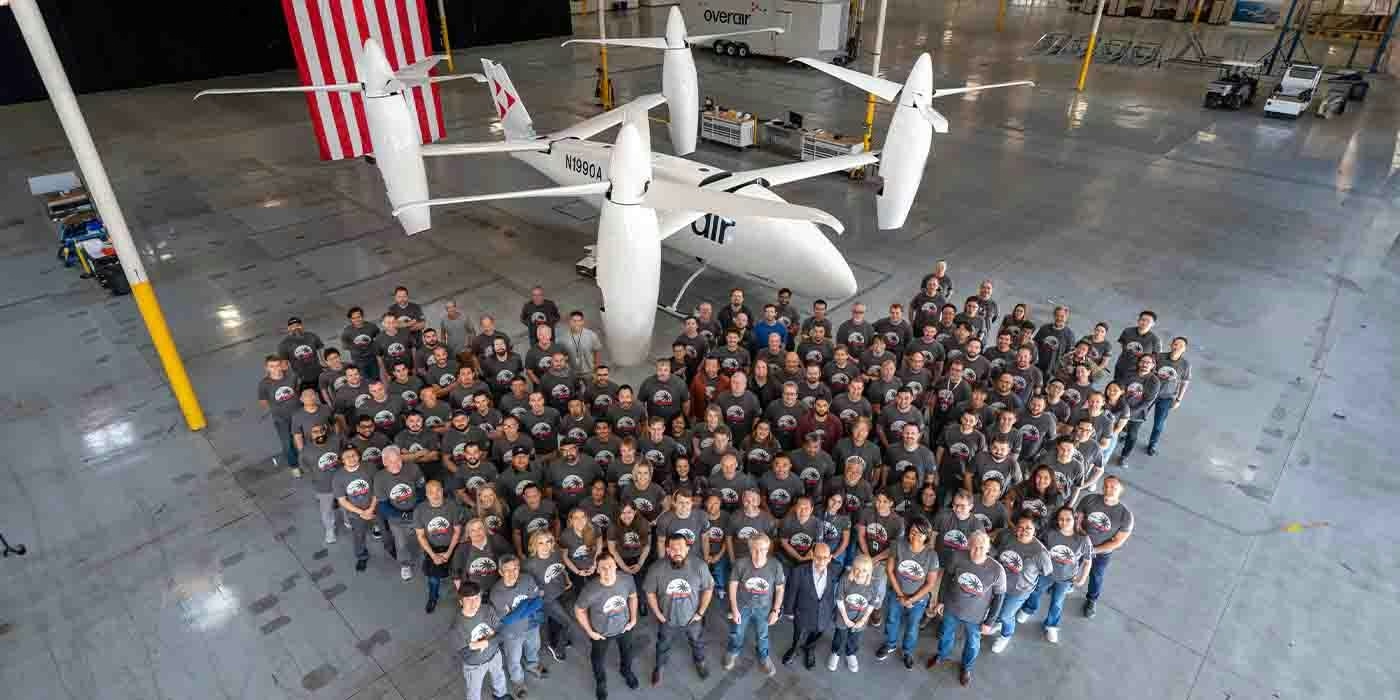
Unique mixed-propulsion eVTOL completes transition flight testing
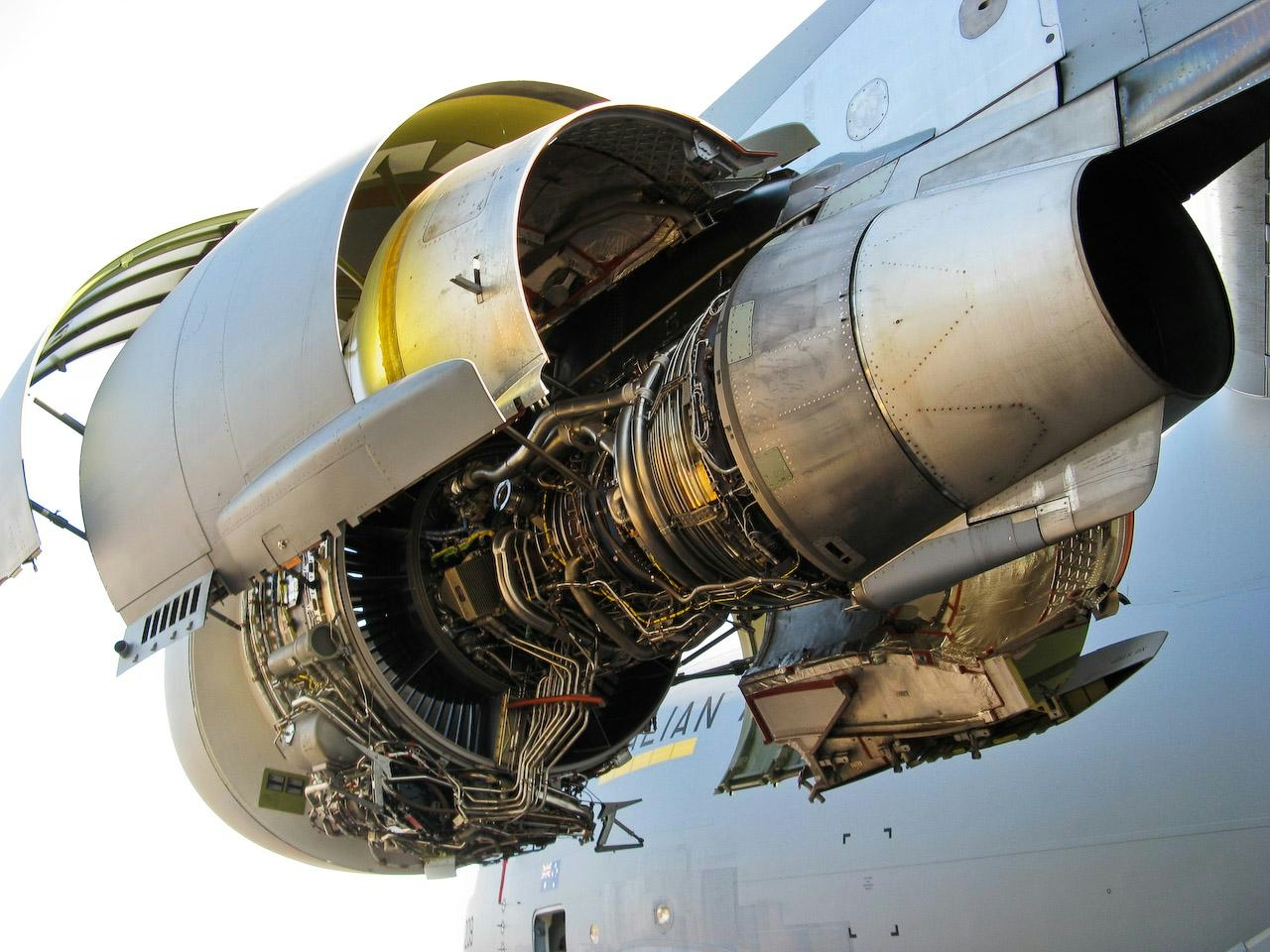
Are C-17 Globemaster Engines Derived from Boeing 757?
